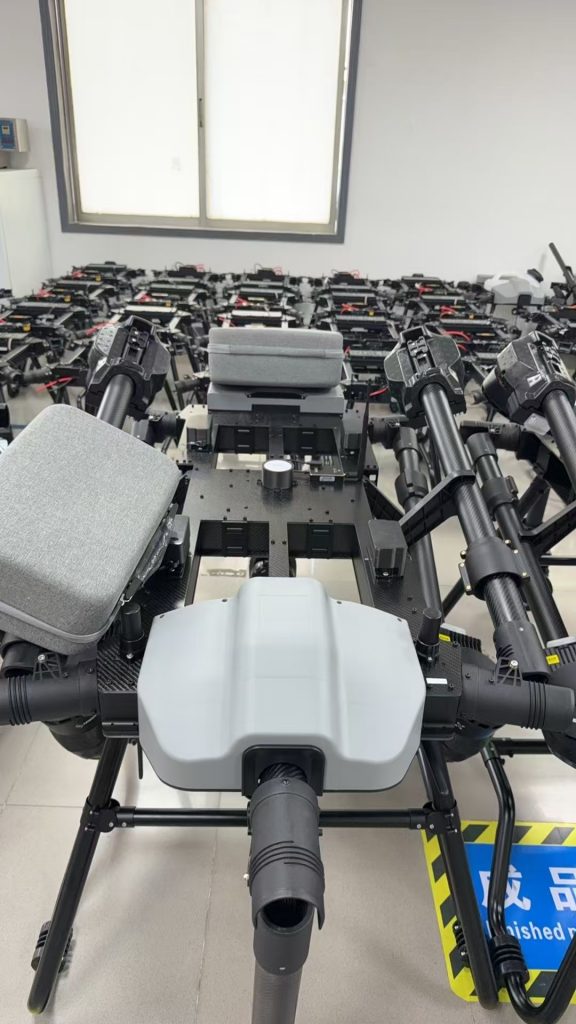
Wings Over the Caribbean: How Chinese Agri-Drones Are Nurturing Cuba’s Farming Future
Cuba’s countryside, a patchwork of emerald sugarcane fields, tobacco plantations clinging to volcanic hills, and family-run vegas (small farms) dotted with mango and guava trees, is a land where agriculture pulses with history. For over 500 years, generations of Cuban farmers have tilled this soil, feeding the nation with sweet caña de azúcar (sugarcane), fragrant tabaco criollo (native tobacco), and root vegetables that fill Havana’s markets. Yet beneath this tropical vibrancy, challenges simmer. Aging farmers (the average age hovers near 60), a shrinking rural workforce as young Cubans move to cities, and climate volatility—hurricanes that flatten crops, droughts that parch fields—threaten the survival of these intimate, heritage-rich operations. It’s here, amid the clatter of ox carts and the hum of cicadas, that an unlikely helper has taken flight: agricultural drones imported from China, now gliding over Cuban fields to prove that even the most tradition-bound, resource-limited farms can thrive with the right innovations.
Cuba’s Farms: Passion Meets Pressure
Cuban agriculture is defined by its heart and its hurdles. Most farms are minifundios—small plots under 5 hectares—tended by families who pass down knowledge like heirlooms. In the western province of Pinar del Río, tobacco farmers still cure leaves in wooden barns using century-old techniques. In Matanzas, sugarcane fields stretch to the horizon, their harvests fueling Cuba’s iconic rum industry. Yet for all its charm, farming here is a daily act of resilience.
“On my family’s 3-hectare vega in Las Tunas, we grow yuca, plantains, and a few rows of tobacco,” says Carlos, a 64-year-old farmer. “Last year, I spent weeks hand-spraying pesticides on the tobacco. By the time I finished, the whiteflies had already destroyed a quarter of the crop. And when Hurricane Ian hit? My yuca fields flooded—no tractor could reach them to salvage what was left. Young people? They’re in Havana now. Who will keep this alive?”
Climate change has sharpened these strains. Warmer temperatures accelerate pest outbreaks, while erratic rainfall—too much in some seasons, too little in others—disrupts planting cycles. Cuba’s push to reduce reliance on imported chemicals (a key goal of its Estrategia Nacional de Agricultura Sostenible) demands smarter tools. “We need to protect our land without poisoning it,” adds María, who runs a small dairy cooperative in Sancti Spíritus. “But doing it by hand? Impossible. I can’t check every cow’s pasture for overgrowth alone.”
Drones Tailored for Cuba’s Land and Love of the Soil
When we first explored exporting to Cuba, we didn’t just send drones built for larger, industrial farms. We studied the island: its tropical climate, rocky cerros (hills), and the quiet pride of its farmers in doing things “the Cuban way.” What emerged was a machine built not just for Cuba’s challenges, but for its culture of solidaridad (solidarity) and deep connection to the land.
Built to withstand the tropics: With a corrosion-resistant aluminum frame and IP68-rated motors, our drones thrive in Cuba’s humid, salt-laden air. Their high-capacity batteries retain charge even in 40°C heat, critical for farmers working long days under the Caribbean sun. “In the past, my old sprayer rusted in three months,” Carlos laughs. “This drone? It’s still flying strong after two seasons of hurricanes and monsoons. It’s tougher than my ox!”
Precision for small, sacred plots: Multispectral sensors map crop health at the leaf level, flagging early signs of drought or pest damage. For María’s dairy cooperative, this meant identifying overgrown pastures before they degraded—saving 30% of their grazing land last year. “The drone shows me where the grass is thin,” she explains. “Now I rotate the cows smarter. No more mud holes, no more lost calves. The local agronomist even uses our data to advise other co-ops.”
Simple enough for abuelos, smart enough for nietos: Many Cuban farmers are tech-curious but value tradition. We designed a Spanish-language app with one-touch “health scan” modes and paired it with workshops led by Cuban agronomists in community centers, over moros y cristianos (rice and beans) and cortaditos (espresso shots). “I thought drones were for Havana’s tech kids,” admits Carlos’ grandson, Diego, now a farm hand. “But after the training? I flew one myself. It’s like using a camera—intuitive, and it makes me feel like I’m carrying on our legacy with the future. Now I’m teaching my abuelo how to read the maps. It’s bringing us closer.”
More Than Machines: Trust in the Heart of the Caribbean
In Cuba, trust is earned over cortaditos and stories of the Revolution. We didn’t just drop off drones; we partnered with the Asociación Nacional de Agricultores Pequeños (ANAP) to host “drone field days,” where farmers shared tips and celebrated small wins. “Cuban farmers are resilient,” says Luis, ANAP’s regional rep. “They need to see results, not promises. But once they do? They become our biggest champions.”
That trust deepened when we adapted to their reality. During last year’s drought, we rushed water-efficient spray nozzles to farmers using our drones. When Carlos struggled to map hilly tobacco fields, our engineers adjusted the flight path algorithm to hug contours—avoiding crashes into rock outcrops. “You didn’t just sell us a tool,” María says. “You stayed when the sky was gray. That’s amistad (friendship).”
Today, drones are quietly transforming Cuban farming:
-
Tobacco Farms (Pinar del Río): Carlos now monitors his crop weekly, cutting chemical use by 40% and saving 20% of his yield. “My tobacco tastes the same, but my grandson’s staying. He sees a future here—with drones.”
-
Dairy Cooperatives (Sancti Spíritus): María’s co-op uses drones to map pasture health, boosting milk production by 15%. “Richer grass means richer cheese. Our queso de cabra now sells out at Havana’s farmers’ market—and tourists love hearing about our ‘drone-tended’ cows.”
-
Root Vegetable Farms (Las Tunas): Diego uses drones to spot pest outbreaks in yuca fields, treating small infestations before they spread. “Last year, I saved 35% of our crop. The drone is my new scout—faster and kinder to the land.”
A Partnership Rooted in Respect
What began as a business venture has become a collaboration. Cuban farmers teach us about their land: how drones handle the island’s sudden tropical storms, which crops (like boniato sweet potatoes) need gentler spray settings, even which Cuban phrases make training stick (“¡Vuela, dron!”—“Fly, drone!”—is now our workshop cheer). In return, we’re refining our drones: larger tanks for Pinar del Río’s bigger tobacco fields, quieter motors to avoid spooking oxen, and solar panels to extend flight time in long summer days.
As Cuba aims to increase agricultural self-sufficiency by 2030, drones offer more than efficiency—they offer hope. They let young farmers like Diego see a future where technology and tradition coexist. They let elders like Carlos pass down farming wisdom without burning out. And they let this Caribbean nation prove that even in a world of mega-farms, small plots can thrive with the right tools.
So when you next see a drone gliding over Cuban tobacco fields or sugarcane plantations, know this: it’s not just flying. It’s carrying the dreams of a community, the lessons of a factory halfway across the world, and the quiet belief that the most cherished traditions deserve the kindest, toughest innovations.
After all, in a land where the soil is rich with history, progress should feel like coming home—warmer, wiser, and ready to grow.
THE END

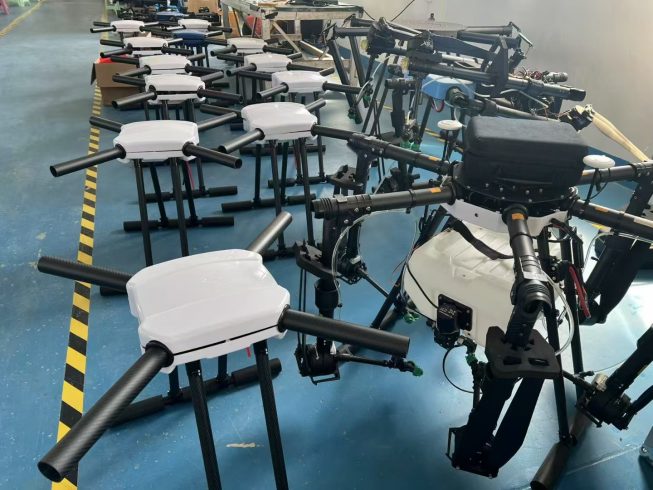
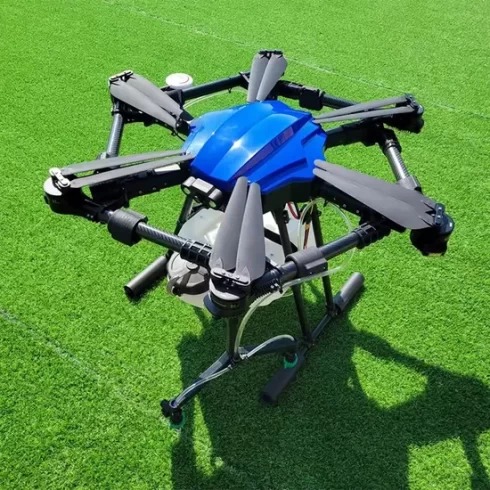
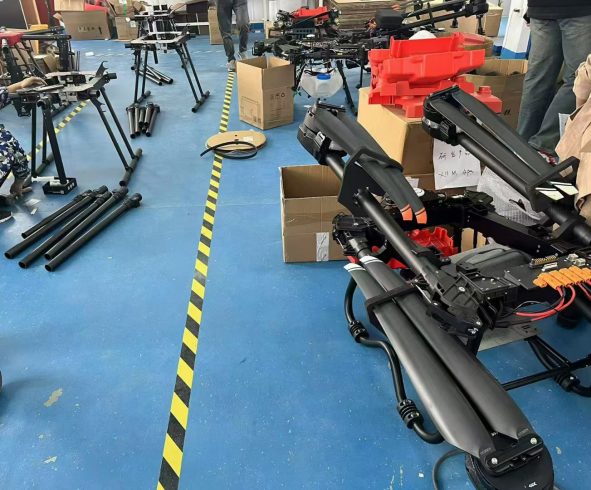
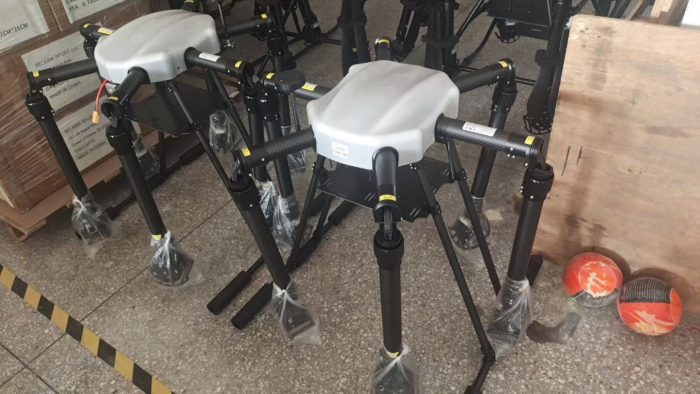
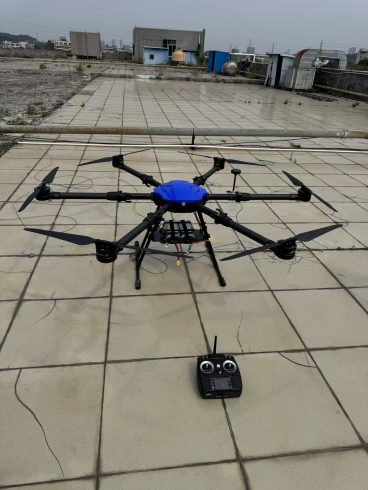
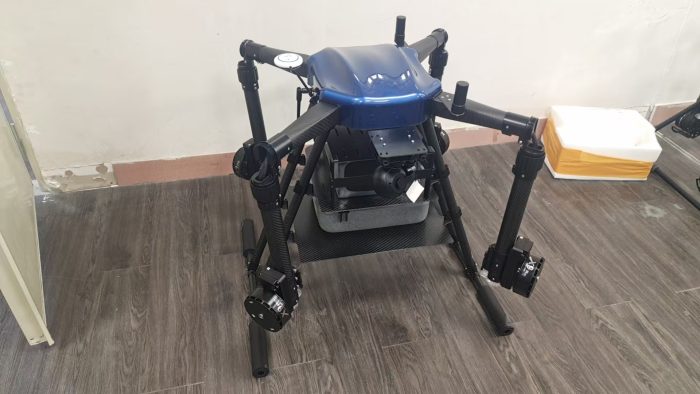
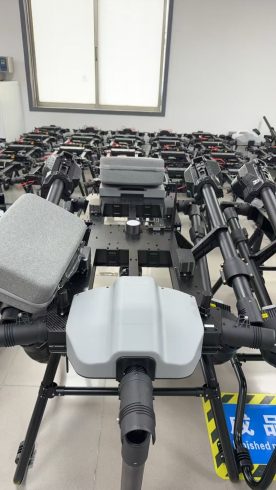

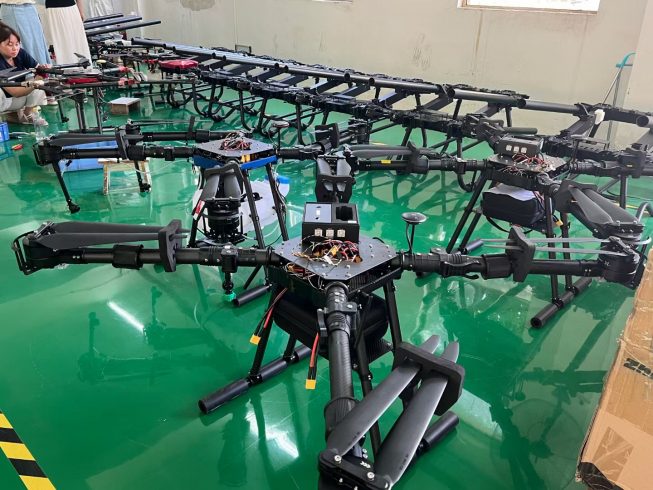

暂无评论内容